Exploratory modeling: Extracting causality from complexity
(2014)
Journal Article
Thomas, C., Coulthard, T., Eppinga, M., Larsen, L., & Thomas, C. W. (2014). Exploratory modeling: Extracting causality from complexity. Eos, 95(32), 285-286. https://doi.org/10.1002/2014eo320001
On 22 May 2011 a massive tornado tore through Joplin, Mo., killing 158 people. With winds blowing faster than 200 miles per hour, the tornado was the most deadly in the United States since modern record keeping began in the 1950s. ©2014. American Geo... Read More about Exploratory modeling: Extracting causality from complexity.
